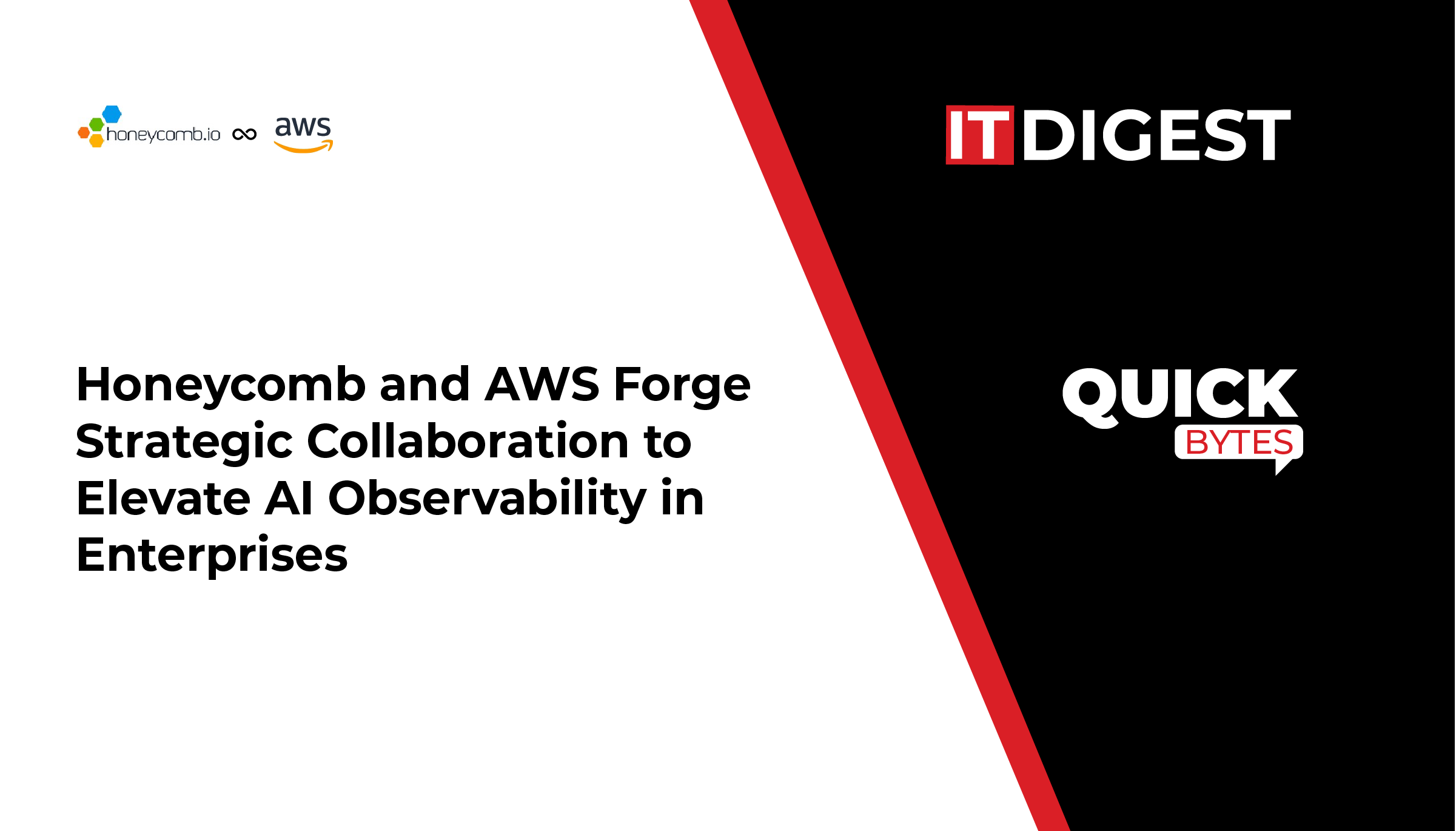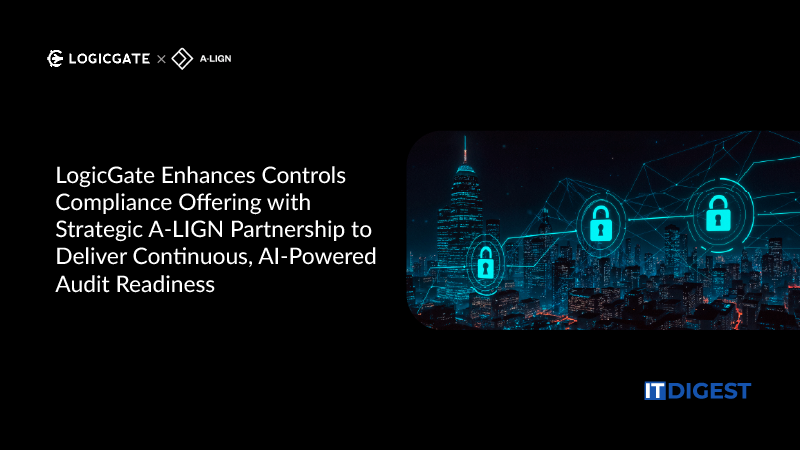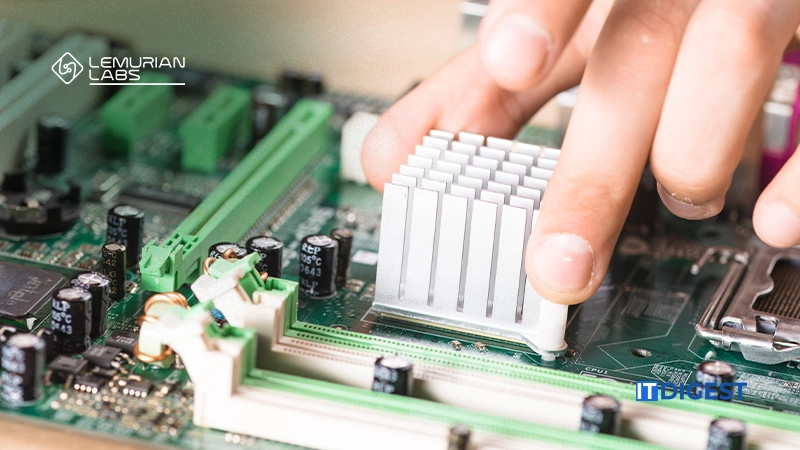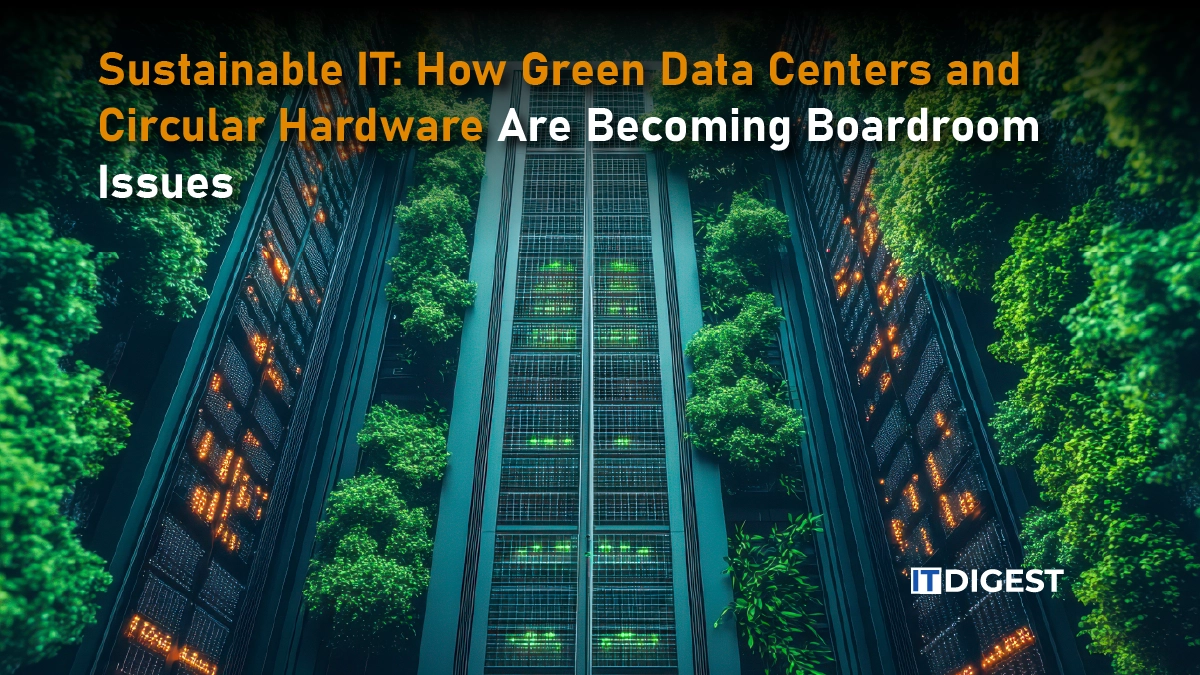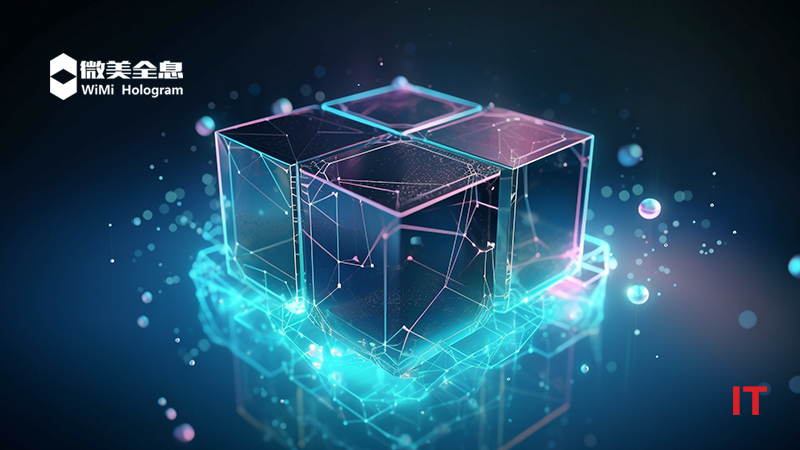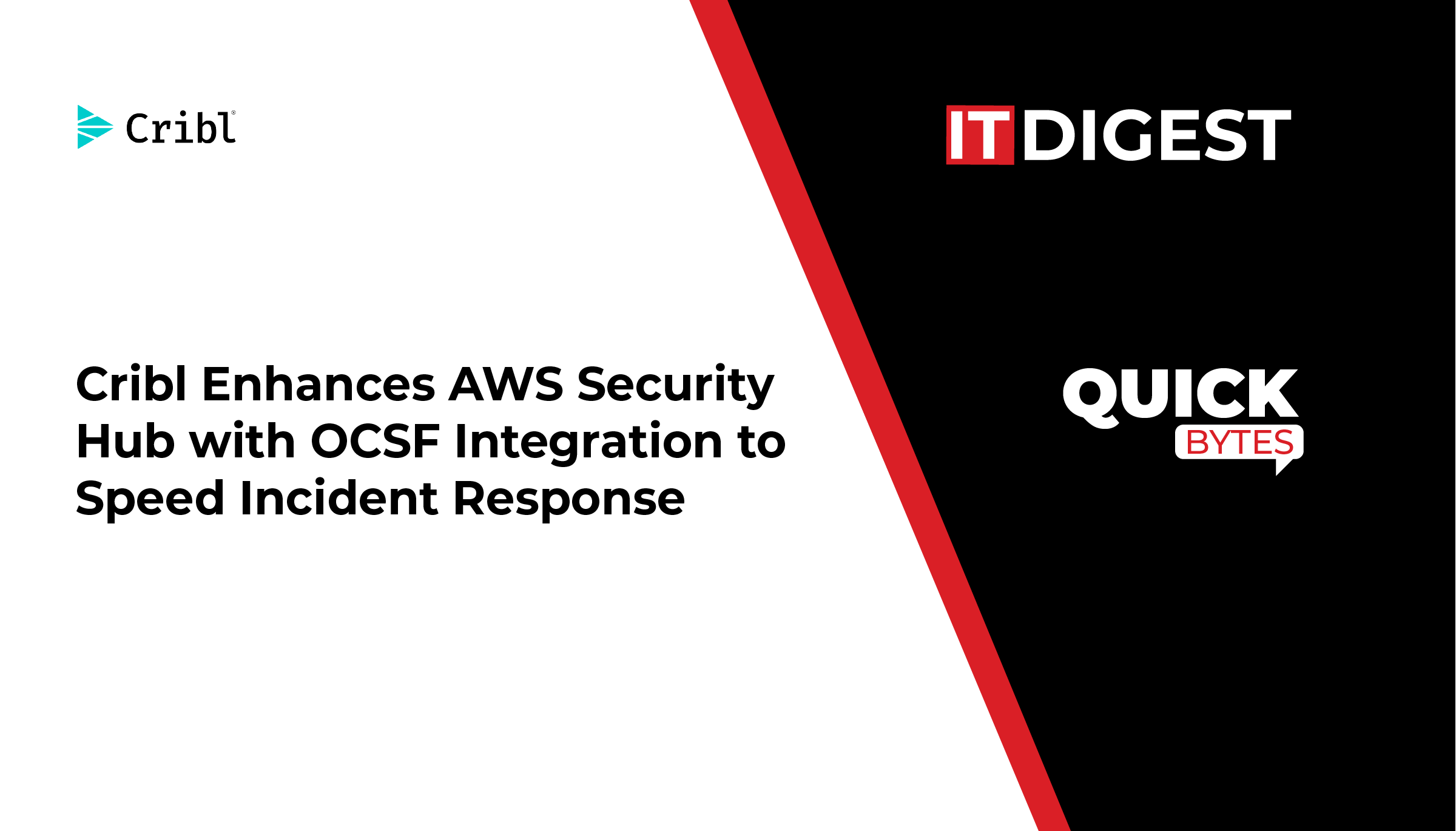WiMi Hologram Cloud Inc, a leading global Hologram Augmented Reality (“AR”) Technology provider, announced that by combining cloud servers, general-purpose computers, and FPGAs, WiMi has built a blockchain heterogeneous computing framework named “HeteroBlock Framework”. The framework is designed to provide users with efficient, flexible, and reliable blockchain computing services to meet the growing computing demand.
The core of the HeteroBlock framework lies in its ability to handle heterogeneous nodes. In the traditional isomorphic blockchain computing method, all nodes have the same computing capability, which limits the performance and scalability of the blockchain to a certain extent. In contrast, the HeteroBlock framework makes full use of the advantages of various nodes by assigning different computational tasks to heterogeneous nodes, which realizes more efficient and economical computational capabilities. This not only improves the utilization of computing resources but also brings more possibilities for blockchain applications. With the support of the HeteroBlock framework, blockchain can be better adapted to a variety of scenarios, ranging from financial transactions to supply chain management, and from digital identity verification to IoT device interaction. The HeteroBlock framework provides a new way of computing for general-purpose computing nodes and heterogeneous nodes, combining with related communication protocols and software algorithms to improve the structure of the blockchain network, and providing a powerful infrastructure for the deployment of smart contracts and the execution of computational tasks. HeteroBlock framework, by combining it with a variety of communication protocols and software algorithms, provides blockchain applications with more flexible and powerful support. support. In addition, the framework reduces computation costs by optimizing the allocation and execution of computation tasks, making it possible to apply blockchain technology in more fields.
Also Read: Paxos Expands to the Solana Blockchain
The HeteroBlock framework consists of four modules: through the data control module to manage the data to be sent; through the serial port sending module, for the completion of the data sending function; through the serial port receiving module, for the realization of the data receiving function; through the key data module for the completion of the data flag bit prompting function. The framework realizes the blockchain-related functions through the interaction of each signal in the time domain. In the HeteroBlock framework, each local computer, cloud server, and FPGA is considered as a blockchain node. These nodes work together to accelerate the computation of blockchain behaviors to form a complete blockchain system. Among them, FPGA, as a heterogeneous computing node, is capable of performing tasks such as asymmetric computing, hash computing, block generation, and consensus computing. When a transaction occurs, the account that initiated the transaction needs to be digitally signed using a private key, which can be verified by the corresponding public key. Once the node is successfully verified, the transaction data is recorded and sent to the local computer for storage. Before each block is packed, the consensus algorithm calculates the node that receives the block packing interest. The node then synchronizes the transaction information on each node during that period. The transaction information is hashed by the algorithm to derive a hash value, and the hash value of the previous block is retained to maintain the serial structure of the blockchain. Finally, the packed blocks are synchronized to other nodes through the communication network and the packed block feature values are sent to the local computer for display as well as storage through the serial port.
SOURCE: GlobeNewswire




